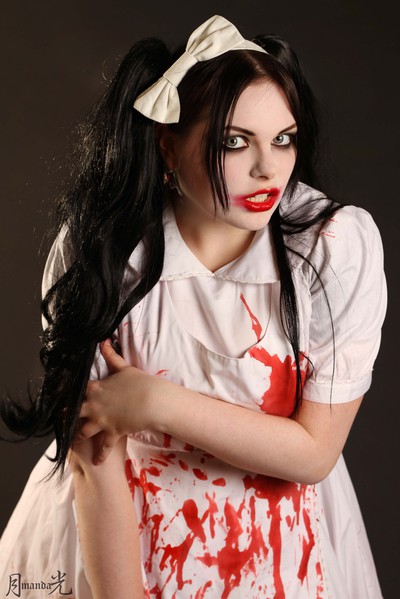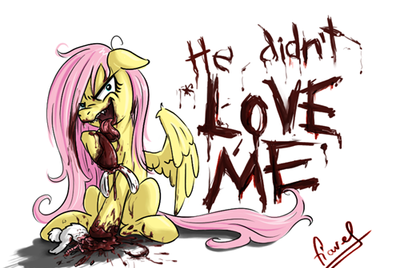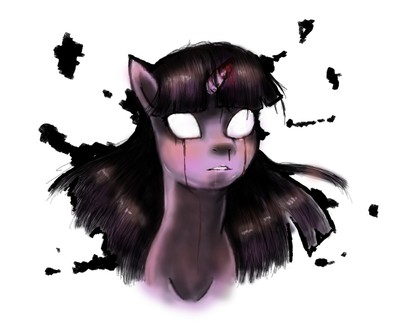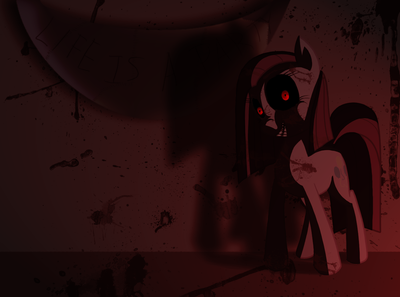Stay metal and beware of the zombies!
Fred







On growling
I’ve been into the metal scene for quite a while now, with the interest turning serious in my early teens, and I’ve always been fascinated by the concept of growling. For many years, music was not primarily playing drums for me (I did play, but without the genuine passion that I have today), but instead learning how to produce weird noises with my mouth; the wish to be able to do what the cool, big boys were doing was so strong that I can actually remember the exact moment when it finally clicked for me. I was sixteen years old and on vacation in Florida with my family (second time visiting the United States for me), walking down this beautiful beach that I don’t remember the name of, and all of a sudden, I just tried imitating this singer that had this fiery vocals going and it worked! It finally clicked in that special way when you know that you’ve actually improved – a true level-up. Since then I’ve been happily roaring away, focusing less on maintaining a single-stable voice but instead on learning what my throat can and can’t do, while getting more into drums, joining bands and so on.
But that was just the background for my interest, and not the focal point of this little essay; instead I’d like to share a few thoughts about the WHY of growling: why is it actually practiced? What is the appeal? What are its qualities, strengths and weaknesses?
My first conclusion after spending much time actively listening to – and analyzing – growling is that good growling works with the three M’s: the Monstrous, the Majestic, and the Maniacal; some people wish to use growling outside of these contexts, and those people are generally considered the dickheads and attention-whores of the metal scene, to put it in nice terms. Why? Because doing that is an insult both to the art of growling and the music where they applied the growling to; and if there are any hesitations about this quite judgmental statement, have no doubts, I will prove my point soon enough.

The Monstrous: the first M is quite obvious; growling is generally not considered a very human sound to make: it’s not specifically roaring, it’s not even someone speaking with a sore throat, but instead something almost predatory and bloodthirsty, a displacement of the self and an embrace of the ID and the reptilian part of the brain. There is no surprise that bands that use both clean and growled vocals, especially if the clean voice is female, are described as using the Beauty and the Beast-technique in their performances, as such an expression cuts down into the very heart of the matter: the haunting, awesome (traditional sense) and angelic clean vocals are contrasted with parts of pure, feral instinct. The Monstrous of growling allows it to present a different side of the world created by the music, a side where normal conventions break down and chaos reigns, a primal state of being; the man before you baring his sharp fangs as the werewolf emerges.

The Majestic: this one might not be as apparent at first glance, but is very much true nonetheless; growling is a powerful way to deliver lyrics. You will notice as this paper goes on that many attributes already mentioned in one paragraph will show up in the others, with this being the first: the displacement of the simple human. Growling can be Majestic because the almost transcendental impression it may give the listener: the imperial feeling of looking up at a giant throne, the voice booming down to you, otherworldly and detached from the common people milling about below. That is the reason why so many symphonic bands employ growling segments, or even only growled vocals; it adds to the power of the arrangement through its inherent Majesty. Why is this so? Clearly, it has very little to do with bared fangs and bloodied claws mentioned above, unless you’d count fear of the beast as majestic that is. I believe that one reason behind this state of being is that growling is not really a single voice; it is a distorted, twisted sound that happens to allow for words to be formed, and is delivered almost like a thick, off-key choir, despite being a single vocalist. This wall-of-sound effect transforms the vocalist into, in this context, not a monster but rather an Other and Higher, which is why Dimmu Borgir for instance uses the harsh growled vocals to present an infernal Majesty, while Extol on their song Undeceived used deep booming growling to enact the Majesty of the voice of God.

The Maniacal: lastly, we have the Maniacal, which we could also call the Breakdown; growling is extremely handy when it comes to playing with moods and mental stability through its in-your-face intensity: a song dealing with philosophical conundrums or the agony of loss can benefit from the addition of precision-growl-strikes that keep the listener on edge. Likewise the Maniacal feel again ties in with the downplay of the Human, but while the Monstrous deals with tapping into the primal urges and the Majestic handles transcendental issues, the Maniacal instead uses the growl as a form of regression, almost as the dark side of the Monstrous; indeed, the Maniacal is what ties the Monstrous and the Majestic together into the three M’s; the Majestic becomes Maniacal in its detachment and turns into the Monstrous, for instance. The Maniacal is also an excellent way to throw the listener directly into the mouth of the madness, the growl presenting the emotions of our “narrator” seamlessly: Prince Hamlet’s soliloquy could for instance start of off normally, working up steam as it goes, before turning first into shouting or intense mumbling before regressing into fury-choked growled lines without anyone batting an eye (unless growling in itself is offensive for them). The same goes for sorrow once it gets to the point of the character no longer wanting to feel; you kill off the human shell and release pure emotion, regardless if those are anger, sorrow, despair or even bittersweet gratefulness; as long as the emotions have a stain of darkness in them, the Maniacal can work its charms.
The simplified theory of the three M’s as presented above should be seen as a good guideline over how to use growling as a seasoning to your vocal performance; breaking the boundaries set up here is not recommended unless you’re completely sure of what you’re doing, or if you simply do not give a rat’s ass about letting the vocals dance with the lyrics and music on equal terms. The reason for this is simply because the three M’s are what messages are sent through growling, and creating a balance between all the aspects of a song is often crucial for the aesthetic appeal of it; the times growling is used successfully out of such contexts is in comedy, where the contrast in itself fuels the humor of the work. Unless the song is comedic, the result is always sub-par, for the same reason that you do not want bombastic opera-vocals in your quiet guitar-based ballad or a punk rock singer only rocking the falsetto: it simply does not fit. I’m not saying this to downplay creativity and originality, neither am I saying this with the authority of a rock legend, but instead as a person who enjoys twisting concepts about, because no matter what, if you stick brutal growled parts in situations where they do not fit, you’re not avant-garde, you’re not a pioneer, you’re not even making a postmodern statement about how music is like clay – you’re just making terrible or at least sub-par music. Original and creative artists are successful not because they have the guts to mix everything in a big bowl and see what comes out; they’re successful because they have the eyes and ears to pick out what piece could fit where, even in contexts not obvious; growling is a great tool for accentuating a word, a phrase, a song or even an entire album, but like all tools, it has its own inherent limits, and as you don’t use a hammer to cut boards or a drill to weld, you should not use growling unless the song benefits from it.
/Sam